Choosing tires for a fat bike
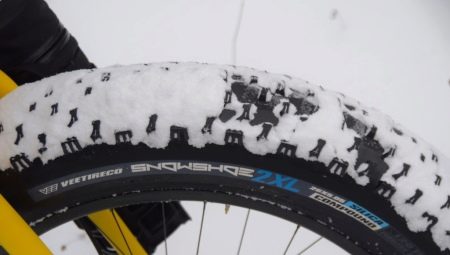
Firms that produce bicycle rubber are guided by the latest achievements in this direction. Their goal is to make the bike an all-season and all-weather vehicle and sports equipment. Differences between tires for different purposes - studding, pattern and aggressiveness of the tread, layer-by-layer structure of the product itself, etc. - and not just the width of the rubber and the diameter of the rim.

Types of tires
For many cyclists, fatbike is more often associated with winter riding in snow, mud and slush, with summer rides through fields and forests. They remember that on a fat bike, the tread should be aggressive, like a mountain bike, for riding on bad roads and off-road... In fact, the fat bike will also drive on a snow-covered highway. This is where slick or semi-slick tires come in handy - they have a higher cross-country ability than if the same bike went on an autumn or winter off-road. A slick has no protector, a semi-slick is not high, protrudes only 2–3 mm. The latter is ideal for driving on asphalt, interspersed with exits to unpaved roads.
To ride on ice, smooth as glass, rubber for a fat bike must be studded - it will prevent falls on the ice. The length of the thorns is equal to or more than 0.5 cm.
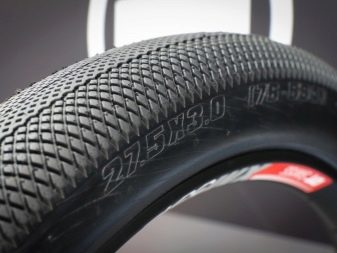

Purpose of rubber
For riding on asphalt streets, a slick is suitable. On smooth roads with perfect coverage, a tread is not needed - it will only interfere with acceleration. On unpaved and gravel roads, in the event that the weather suddenly deteriorates and the road turns into a mess, an aggressive and pronounced tread would help out. The semi-slick tread is suitable for dry roads with unpaved and gravel surfaces, as well as for rocky driveways or old, cracked asphalt or concrete.
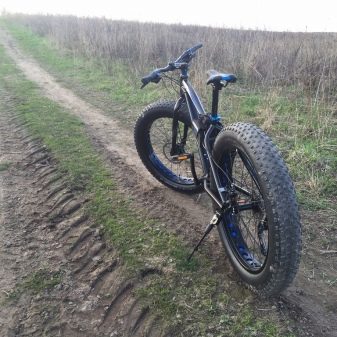

Beginners often try to ride in the summer, when the roads are dry and clear, on studded tires. At the same time, the tire roll will seriously suffer - the cyclist will spend a lot of effort during acceleration, since the spikes, like lugs, will paddle on the asphalt, and this is about the same as driving an asphalt roller to the place of work, which has bristles instead of smooth wheels and nails welded to the running surface of the same wheels. As a result, the speed of movement of such a vehicle will noticeably decrease. The situation is similar to the one in which the same biker travels on a road bike, which instead of a smooth slick - an aggressive tread.

Composition and layering
Bottled rubber is used for the production of low-budget tires. It does not differ in particular elasticity, it is subject to faster drying and abrasion. Synthetic rubber with the addition of butyl - the starting material for the manufacture of chambers, including for the same rubber used for fat bikes. Its main drawback is the greater weight of the wheel: bottled rubber is noticeably heavier, and such a tire weighs 300 ... 500 grams more.

Kevlar tires have a much larger margin of safety. Kevlar threads run through the cords of many mid-range and high-end tire models. The number of layers with Kevlar threads can be up to three - this gives the tires special strength. Kevlar layers are characterized by the most important indicator - the number of threads per square inch, or TPI. It varies from 30 to 120. The final price of one such tire - except for the rubber composition - is determined precisely by the TPI value. Less commonly used are aramid threads.
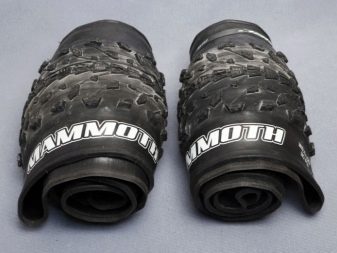
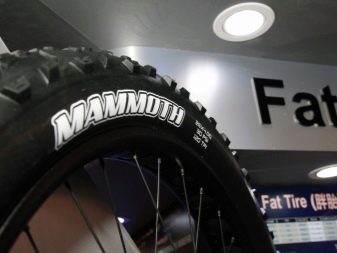
Camera availability
Chamber bike tires are classics of bicycle and car tires. However, bicycles have not been bypassed by tubeless technology either. The absence of a camera reduces the total weight of a bicycle wheel by a maximum of several tens of grams, allows you to repair a punctured wheel, pouring sealant into the puncture and without removing the tires from the rim. For people who value the speed of the process and the quick availability of the bike in order to continue the journey as if nothing had happened, a tubeless tire is the best choice.

Avoid installing tubeless tires on rims that are not designed for such tires. A rim on ordinary wheels is simply not suitable for tubeless rubber - it will quickly bleed air, even if you try to put it "tightly". This is due to the perforation of the rim - spokes with a screw thread enter into it, and these holes are not sealed for them. The fact is that for tubeless wheels the spokes are fixed differently - their joining points do not allow air to pass from the space in which this air must be under a certain pressure.
In addition, due to its special structure, a tubeless tire will not withstand long cycling with wide rims - excessive flattening will prematurely destroy these layers.
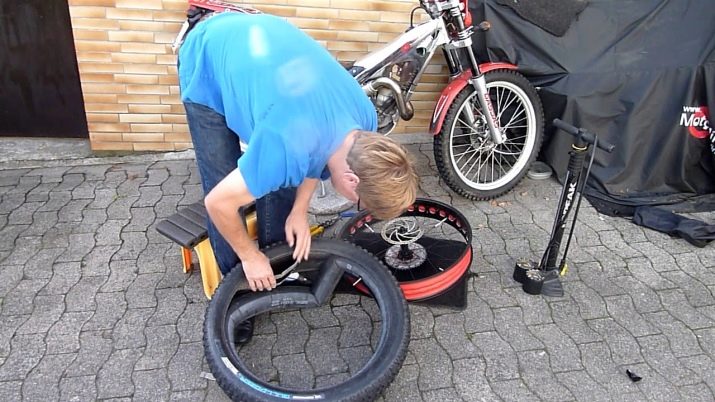
Size ratio
If you try to put a 27.5 "tire on a 28" rim, you are guaranteed to break the cord and stretch the bead of the cable. On the contrary, it will not hold on to the rim; at the first run over the slightest unevenness, it will "slide" to the side and will be removed by itself.
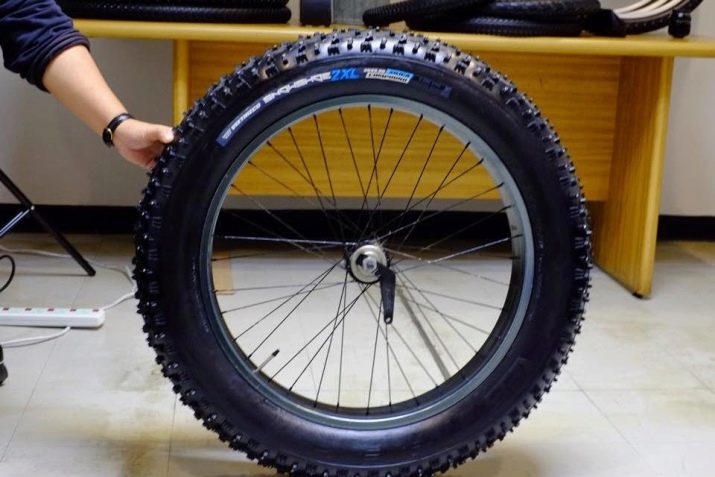
The width of the tire is selected for the gap between the stays and dropouts of the frame, as well as for the gap between the "legs" of the fork. Too thick, for example a 4-inch one, when trying to turn a mountain bike into a fat bike - after pumping it will get up tight, it will jam, and the bike will not run. Wider tires roll better on bad roads, up to mud and snow drifts, narrower ones - only on asphalt streets and highways, with a stretch - on dry unpaved roads, however, they are not at all suitable for sand.
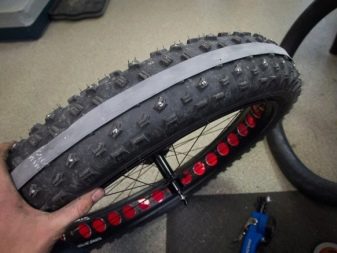
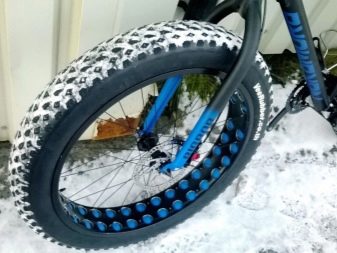
Adhesive for sealing
When choosing tubeless fat bike tires, get a good glue right away. The fact is that tubeless tires require additional sealing... Without it, attempts to pump such a wheel are similar to the desire to fill a barrel without a bottom with water. In the old glue, the expiration date of which is coming to an end, the structure is broken - it cakes and exfoliates.
When applied to rubber, old and caked glue will not bind the gaps, but will destroy the tire layer by layer.
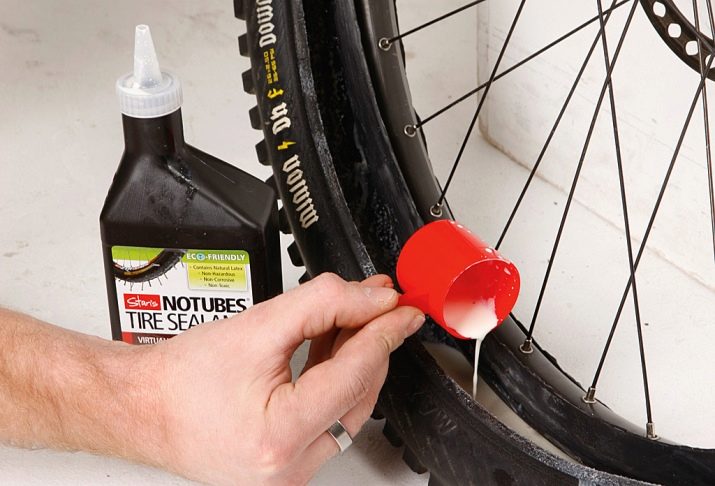
Conclusion
Whichever rubber you choose for your fat bike - be guided by your riding style, daily and annual mileage, road quality and weather. The best solution is to keep two wheelsets for the same bike for summer (slick or semi-slick) and winter (spiked tires with mud protectors). This will help you quickly adapt to real driving conditions.
How to choose winter fat bike tires, see below.








